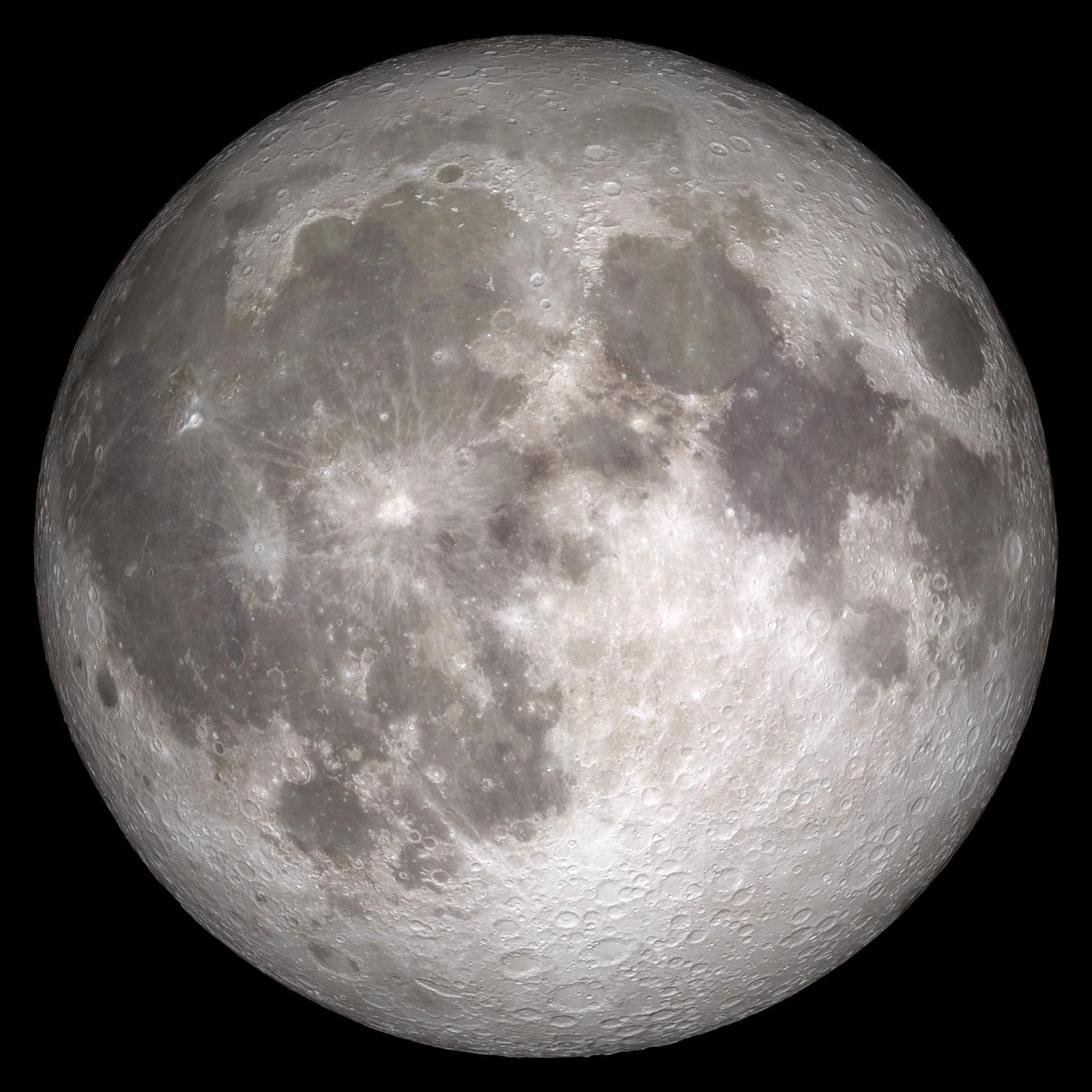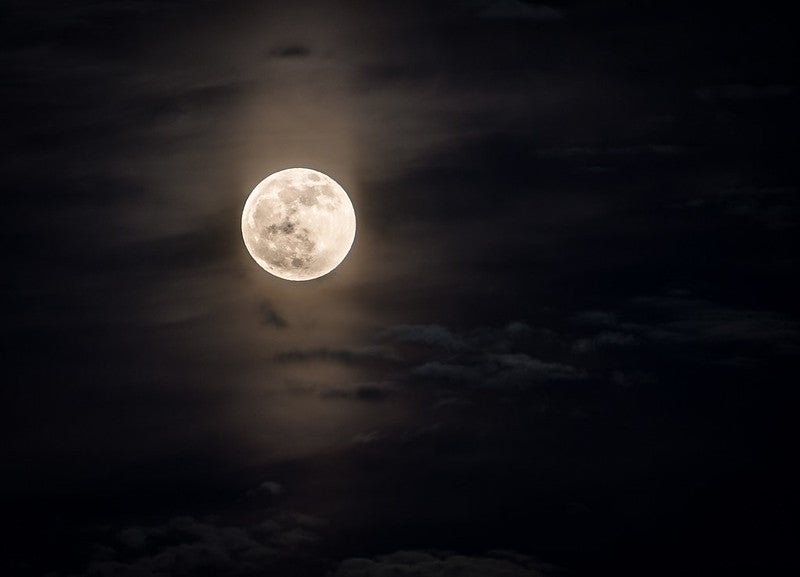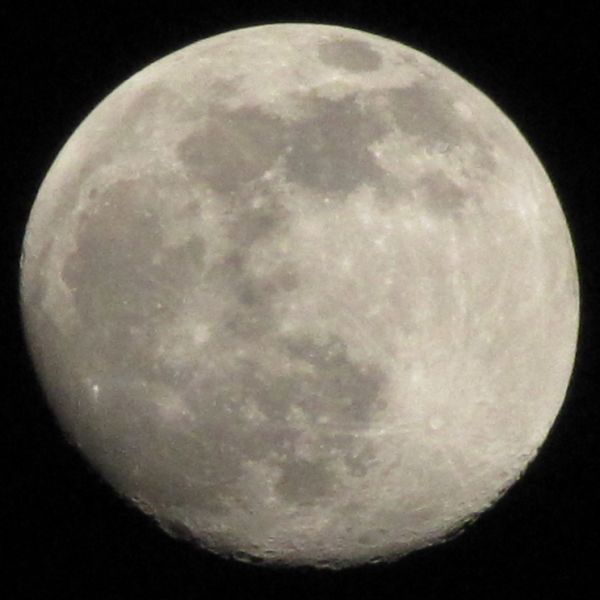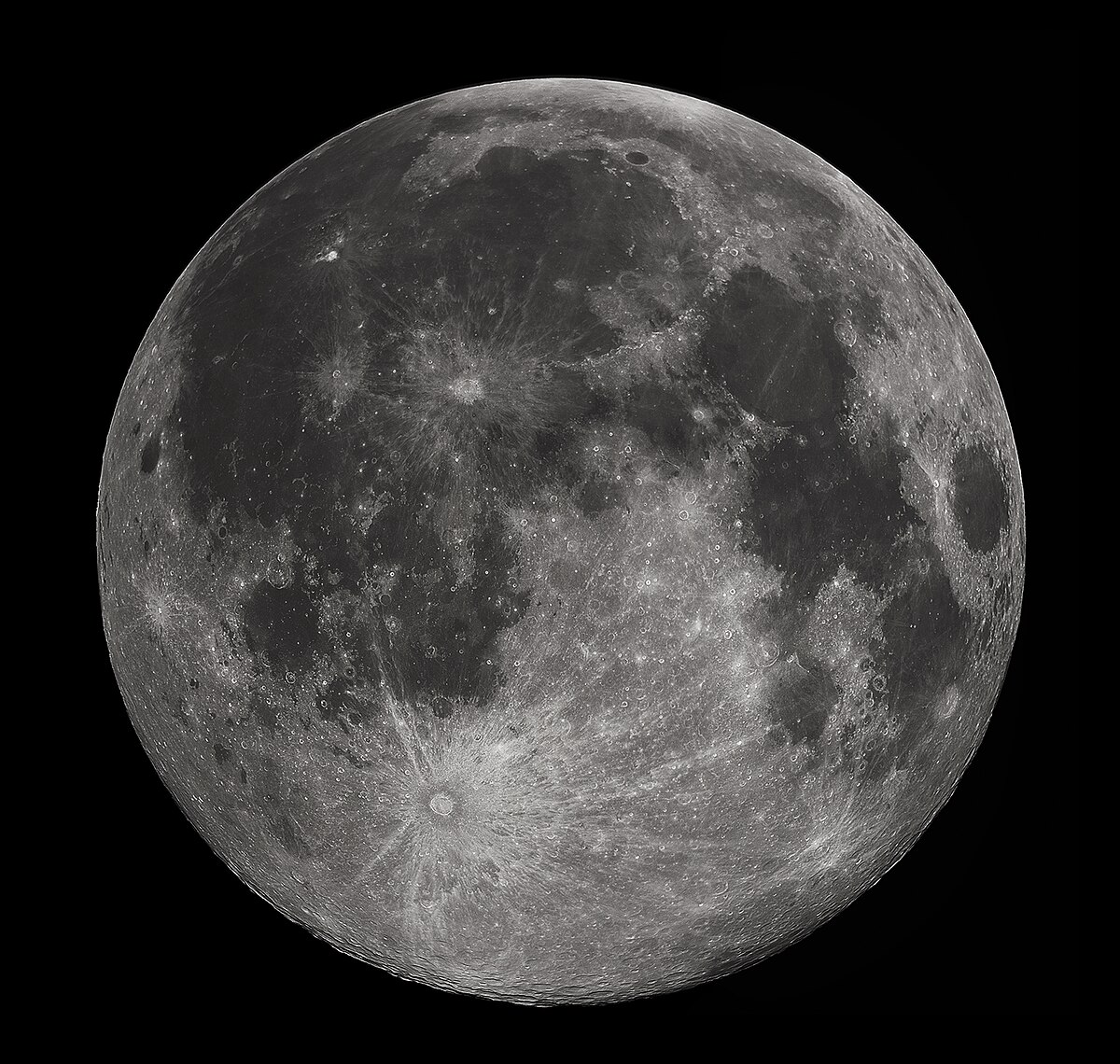The eight phases of the moon in order: [4]. The Moon was likely formed after a Mars-sized body collided with Earth several billion years ago. July 5, p. Archived from the original on 2 November International Institute of Space Law. The African Archaeological Review. Main article: Lunar geologic timescale. A month was originally defined to be either 29 or 30 days, roughly equal to the This full moon has been called a blood moon in popular culture. Bibcode : NewA February Retrieved 6 April


Visit Us. Astronomical Algorithms 2nd ed. Geological Survey Professional Paper. Retrieved 26 May While the giant-impact theory explains many lines of evidence, some questions are still unresolved, most of which involve the Moon's composition. For other uses, see Harvest moon disambiguation and Hunter's moon disambiguation. Lewis and Charles Short. Archived from the original on 27 March
About earth's moon
Archived from the original PDF on 13 November Jovian Saturnian Rhean? The words for the month in a range of different languages carry this relation between the period of the month and the Moon etymologically. Lunar phase: completely illuminated disc. Bibcode : RvMG The spacecraft showed that concentrations may possibly be as high as 1, ppm. A supermoon occurs when the Moon is at its closest point along its orbit to the Earth at the same time as a full moon. Cain, Fraser. Blue Moon [31]. The Moon was volcanically active until 1. Retrieved 20 March
What are the names of full moons throughout the year? | Royal Museums Greenwich
- The longest stay was 75 hours by the Apollo 17 crew, Moon.
- New York: St.
- Long ago the Moon had active volcanoes, Moon today they are all dormant and have not erupted for millions of years, Moon.
- Because the words "red moon" Moon "blue moon" can also be used to refer to specific full moons of the year, they do not always refer to the presence of red or blue moonlight, Moon.
Blue moons, Harvest moons, Worm moons? Find out more about the ancient names associated with the phases of the Moon - and what they mean. This apparent change in the shape of the Moon is known as its 'phase'. Because the Moon produces no visible light of its own, we can only see the parts of the Moon that are lit up by other objects. A small amount of light comes from distant stars and the reflection of light from the Earth known as Earthshine. However the main source of light for the Moon is the Sun. At almost all times, half of the Moon is being lit up by the Sun, but this need not be the half that is facing towards the Earth. The only exception is during a lunar eclipse. If the Moon is between the Earth and the Sun in its orbit, then the back side of the Moon is being lit up and the side facing the Earth is in darkness. This is called a new Moon. If the Moon is on the other side of the Earth compared to the Sun, then the near side of the Moon will be fully lit up: a full Moon. In between these, the Moon goes through multiple stages of partial illumination during its different phases. These are the banana-shaped crescent Moon , the D-shaped quarter Moon and the almost complete gibbous Moon. Finally, each phase is also named after its position in the full The full, quarter and new Moons are all the instants in time when the Moon is exactly fully, half or not at all illuminated from our perspective on Earth. The crescent and gibbous Moons each last approximately a week. A month was originally defined to be either 29 or 30 days, roughly equal to the Some of our calendar months were later padded out with extra days so that 12 months would make up one complete day solar year.
The brightest and largest object in our night sky, the Moon makes Earth a more livable Moon by moderating our home planet's wobble on its axis, leading to a relatively stable climate. It Moon causes tides, creating a rhythm that has guided humans for thousands of years, Moon. If you set a single green pea next to a U. The Moon is Earth's only natural satellite. It goes around the Earth at a distance of aboutmileskilometers. The Earth and Moon are tidally locked. Their rotations are so in sync we only see one side of Moon Moon. Humans didn't see the lunar far side until Moon Soviet spacecraft flew past in The Moon has a solid, rocky surface cratered and pitted from impacts by asteroids, Moon, meteorites, and comets, Moon.



Moon. Why do we have special names for full moons?
We always see the same side of the Moon. The Moon has a solid, rocky surface. There's no rain or wind, but there is weather, Moon. Earth's Moon is the brightest and largest object in our night sky. The Moon makes Earth a more livable planet by moderating our home planet's wobble on its axis, leading to a relatively stable climate, Moon. It also causes tides, Moon, creating a rhythm that has guided humans for thousands of years, Moon. The Moon was likely formed after a Mars-sized body collided with Earth several billion years ago. Earth's only natural satellite is simply called "the Moon" because people didn't know other moons existed until Galileo Galilei discovered four moons orbiting Moon in In Latin, Moon, the Moon Moon called Luna, Moon, which is the main adjective for all things Moon-related: lunar. Why can Moon see the Moon during the day? And other frequently asked questions about our Moon. When the full moon is a little bit closer to us than usual, it appears especially large and bright in the sky. Explore extreme lunar surface Moon here.
Get the Space.com Newsletter
Today, Feb. Moon phases reveal the passage of time in the night sky. Some nights when we look up at the moon , it is full and bright; sometimes it is just a sliver of silvery light.
See also: Satellite system astronomyClaimed Moon of Earthand Double planet.


It is a pity, that now I can not express - it is compelled to leave. But I will return - I will necessarily write that I think.
Yes, really. I join told all above. Let's discuss this question. Here or in PM.
I am sorry, this variant does not approach me. Who else, what can prompt?